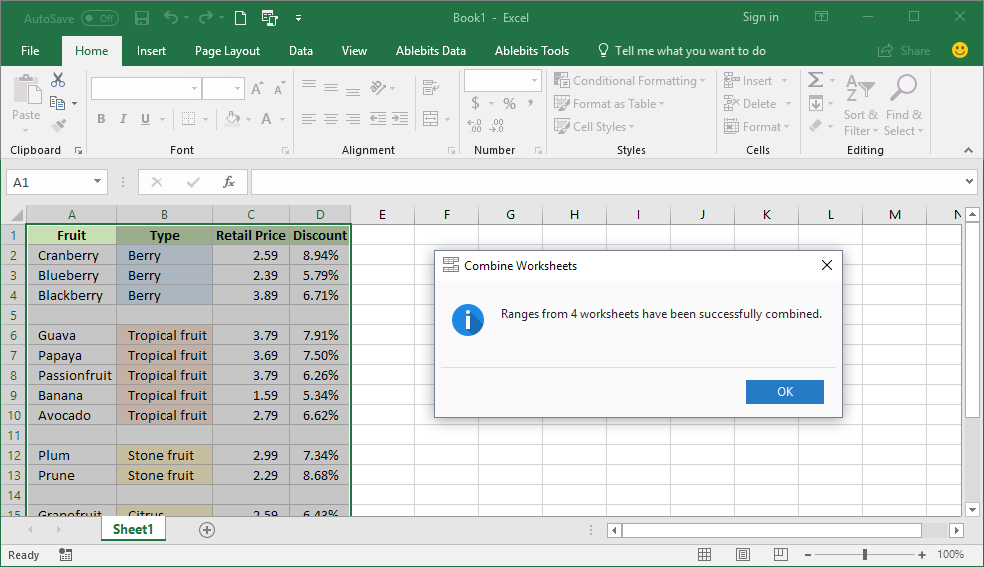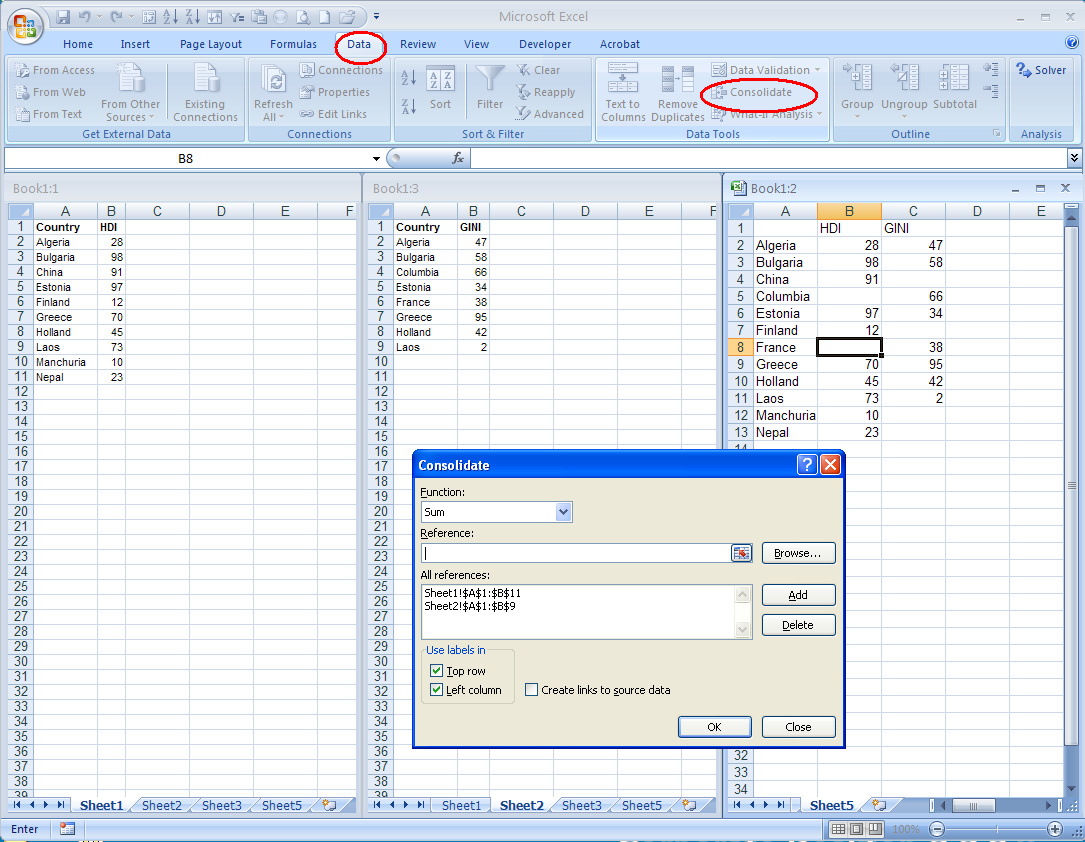Master Excel: Easily Merge Sheets with These Tips

Mastering Excel involves not just understanding its basic functions, but also how to perform complex tasks like merging sheets efficiently. In this blog post, we'll dive into Excel merge techniques, guiding you through the process step-by-step to ensure you can combine data from multiple sheets seamlessly.
Understanding Excel Merge

Merging sheets in Excel can mean different things to different users. Here, we will explore various methods to combine data:
- Consolidating data from multiple sheets into one
- Combining rows and columns from different sheets
- Handling different data formats
Simple Merge using Consolidate Tool

The simplest way to merge sheets with basic data structures is using Excel’s Consolidate tool. This method is perfect for users who need to combine similar data from several sheets into one master sheet:
- Select the cell where you want the consolidated data to begin.
- Go to the Data tab, and click on Consolidate.
- Choose the function you want to use to summarize data, typically Sum, Average, or Count.
- Click on Reference, then select the range from your first sheet.
- Repeat the process for all sheets you wish to merge.
- Check the box for Top row or Left column if your data has labels to use as identifiers.
- Click OK.
🔍 Note: Ensure that all sheets to be consolidated have similar structures, otherwise, you might end up with mismatched data.
VBA Scripts for Complex Merges

For users requiring more control over the merge process, VBA (Visual Basic for Applications) scripts offer unparalleled flexibility:
- Open the Visual Basic Editor by pressing Alt + F11.
- Insert a new module via Insert > Module.
- Paste the following VBA code:
Sub MergeSheets() Dim ws As Worksheet Dim lastRow As Long Dim rngSource As Range'This is where we'll merge all data Sheets("MasterSheet").Cells.Clear 'Start from row 2 to avoid headers, adjust as needed lastRow = 1 For Each ws In ThisWorkbook.Worksheets If ws.Name <> "MasterSheet" Then With ws Set rngSource = .Range("A1").CurrentRegion lastRow = Sheets("MasterSheet").Cells(Rows.Count, "A").End(xlUp).Row + 1 rngSource.Copy Destination:=Sheets("MasterSheet").Range("A" & lastRow) End With End If Next ws
End Sub
💡 Note: Before running any VBA script, it's wise to backup your workbook to avoid data loss. Also, ensure you understand the script's operation to customize it as needed.
Handling Different Data Structures

When merging sheets with different data structures, here are some strategies to consider:
- Manual Adjustments: If the data variation is minimal, you might manually align and prepare the data.
- Use Helper Columns: Add columns to help align data for merging.
- Power Query: For complex merging where manual adjustments are not feasible, Power Query can be used to transform data from different sheets into a common structure before merging.
Using Power Query to Merge Data

Power Query, part of Excel’s data management tools, is excellent for merging sheets with varied structures:
- Go to the Data tab, select Get Data > From Other Sources > Blank Query.
- In the Power Query Editor, click on Home > Advanced Editor and write a query to load your sheets:
let
Source = Excel.Workbook(File.Contents(“C:\path\to\your\file.xlsx”), null, true),
Sheet1 = Source{[Item=“Sheet1”,Kind=“Sheet”]}[Data],
Sheet2 = Source{[Item=“Sheet2”,Kind=“Sheet”]}[Data],
MergeTables = Table.NestedJoin(Sheet1,{“ID”},Sheet2,{“ID”},“NewColumn”),
#“Expand NewColumn” = Table.ExpandTableColumn(MergeTables, “NewColumn”, {“Name”, “Date”}, {“Sheet2_Name”, “Sheet2_Date”})
in
#“Expand NewColumn”
Summing Up

Merging Excel sheets efficiently can dramatically improve your data management and analysis capabilities. We’ve discussed three primary methods:
- The Consolidate Tool for straightforward data merging
- VBA scripts for complex or custom merging tasks
- Power Query for merging with different data structures
Each method has its strengths and is suited for different scenarios, from simple data consolidation to complex transformations. By mastering these techniques, you’ll not only enhance your Excel proficiency but also streamline your workflow significantly.
Can I merge Excel sheets with different data structures using the Consolidate tool?

+
The Consolidate tool works best with sheets having a similar structure. For different structures, consider using Power Query or manual adjustments.
Is it necessary to use VBA for merging sheets?

+
Not always. If your merge needs are simple, the Consolidate tool or Power Query might suffice. However, VBA provides the flexibility needed for complex or recurring tasks.
What are the advantages of using Power Query for merging sheets?

+
Power Query excels at transforming data, making it ideal for merging sheets with varied structures. It also allows for repeatable processes that can be refreshed easily.